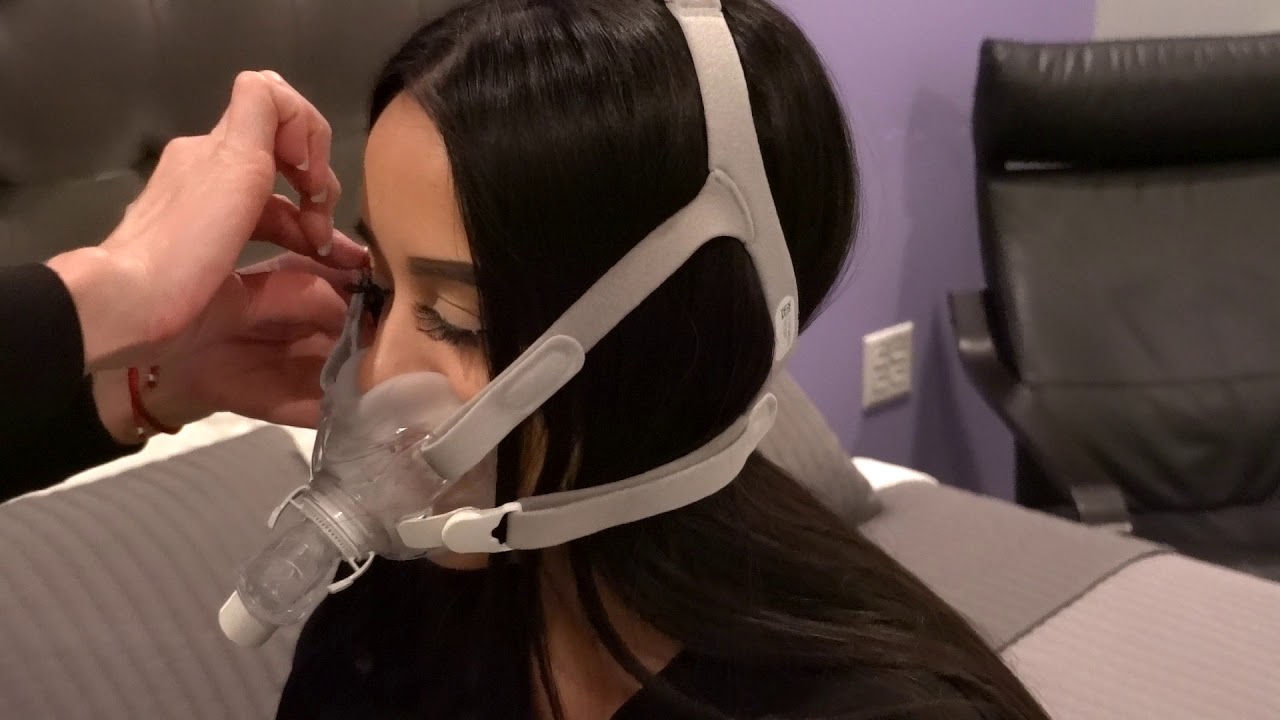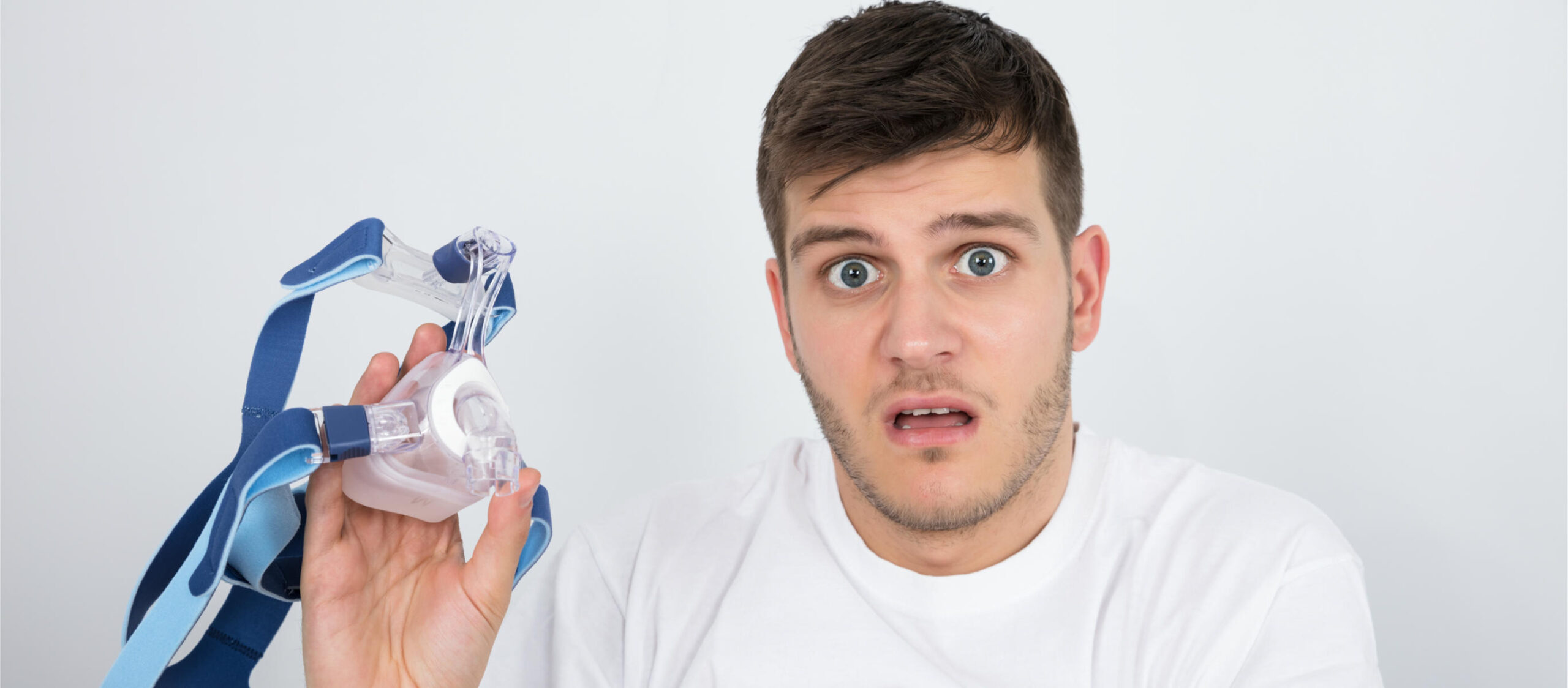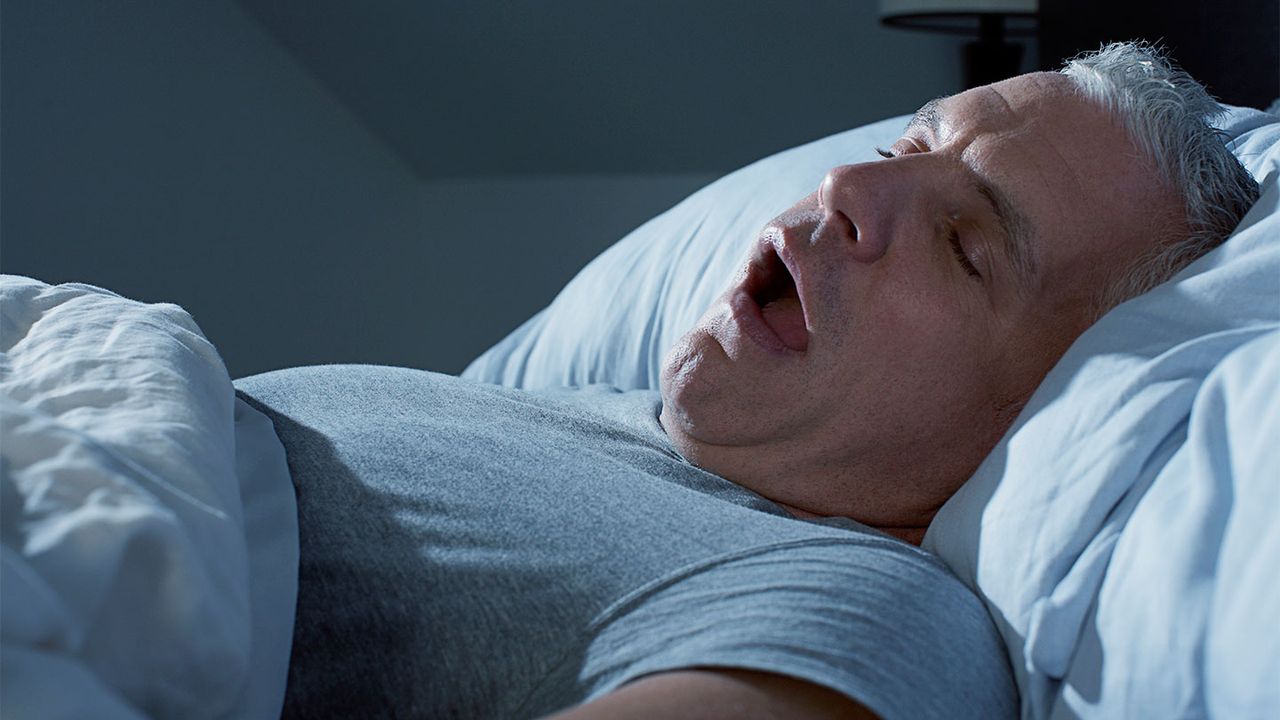CPAP machines are a great solution for those suffering from obstructive sleep apnea. Our last blog post discussed the many advantages. These advantages included CPAP therapy such as keeping your airway open during sleep, minimizing snoring, and improving fatigue and daytime sleepiness.
The CPAP mask, which carries air from the CPAP machine Australia to your mouth and nose, is a fundamental part of your CPAP treatment.

Therefore, it is essential that your CPAP mask is as comfortable as possible while providing a secure fit around your face. Most CPAP masks are available in most clinic stores in Australia. When buying a new CPAP machine, it is essential to ask your sleep doctor what type of mask is right for you and to make sure to adjust the pressure settings to two pressure settings
Additionally, if you are having difficulty getting a good night’s sleep, you may want to try different sleep positions or a BiPAP machine. For those with obstructive sleep apnea, CPAP (Continuous Positive Airway Pressure) machines are a great way to ensure you get a good night’s sleep.
CPAP Australia provides a range of CPAP masks, from the traditional full-face mask to the more modern nasal pillow mask, so you can find the one that fits you best.
It is important to find the right CPAP machine for your needs, as well as to adjust the pressure settings to ensure you are comfortable. If you are considering a new CPAP machine, then you should seek advice from your sleep doctor.
Fortunately, most CPAP masks
Fortunately, most CPAP masks on the market today are specifically designed to do just that – provide a good night’s sleep without causing any pain or discomfort. In this article, we will take a closer look at the various types of CPAP masks available from CPAP Direct and CPAP Australia, including nasal pillow masks, nasal masks, and other pressure machine devices.
What kinds of CPAP machines are available for people with sleep apnea?
CPAP machines, also known as Continuous Positive Airway Pressure machines, are used to treat Obstructive Sleep Apnea. They come in three primary categories: nasal masks, nasal pillow masks, and full-face masks. Nasal masks cover only the nose and are generally lighter than full-face masks, which cover both the nose and mouth. Nasal pillow masks are even lighter and offer greater openness and visibility.
When selecting a CPAP mask
When selecting a CPAP mask, it is important to consider factors such as size, comfort, and seal. Most CPAP masks come in all sizes, so it is possible to choose one that fits comfortably. A larger mask may provide a stronger barrier against leakage, improving CPAP therapy.
Also, a larger mask may be necessary if you have facial hair, as this will help create a better seal. On the other hand, if you are claustrophobic, a smaller mask may be more suitable. Ultimately, this is a matter of personal choice and your doctor can help you try on different masks to determine the best fit.

If you have been diagnosed with sleep apnea, it is important to seek out the right CPAP machine for you. CPAP machines come in three varieties.
- Fixed pressure
- APAP
- BiPAP machines
Fixed pressure machines have one pressure setting. APAP machines have two pressure settings, and BiPAP machines have two pressure settings but can alternate between them. Your sleep doctor will help you decide which machine is best for you based on your sleep position, pressure settings, and skin irritation.
Additionally, there are other varieties of CPAP machines that may be used to treat sleep apnea, such as total face machines, oral machines, and hybrid machines. However, these are not as common as the three previously mentioned and are usually only prescribed if your condition is more serious.
It is also important to remember to wear your mask, as this is the most common treatment and will help you get a good night’s sleep. If the mask is uncomfortable, you could forget to wear it or take it off during the night, leading to the same symptoms you had before you were diagnosed.
Consider choosing two CPAP machine
CPAP (Continuous Positive Airway Pressure) machines are used to treat Obstructive Sleep Apnea and are often accompanied by CPAP masks. Finding the right CPAP mask can take a few tries, however, some individuals have opted to own two CPAP machines which they alternate between.
Why use two?
For those with environmental allergies and/or a deviated septum, CPAP (Continuous Positive Airway Pressure) machines can help to provide relief. CPAP therapy is a common treatment for sleep apnea and other breathing problems, and the CPAP Australia range offers a variety of masks to suit individual needs.
From nasal pillow masks and nasal masks to full face masks, most CPAP masks are designed to be comfortable, but if your face needs a break, CPAP Direct can help you find the right mask for you. After facial surgery, CPAP therapy may still be necessary, and CPAP device providers can provide masks that won’t contact the affected area. With the right CPAP machine and mask, you can be sure to get the best air pressure to help you breathe easier
But take note…
Never compromise on the quality of care when it comes to your CPAP treatment for sleep apnea. If you are considering switching from a full face mask to a nasal or pillows mask, you may want to ask your equipment provider about chin straps, which can help ensure that your mouth remains closed during therapy. Obstructive Sleep Apnea therapy is less effective if your mouth is open, and the lack of humidification won’t make you comfortable. Be aware of when to update your CPAP supplies; it is essential when you have multiple CPAP machines.

To ensure optimal performance and longevity of your CPAP device and its components, you should know when to change mask components, machine filters, and water chambers, as well as how to properly clean and store them. Keeping them clean and stored in a sealed plastic bag away from sunlight will extend their lifespan, especially if you use them alternatively.












